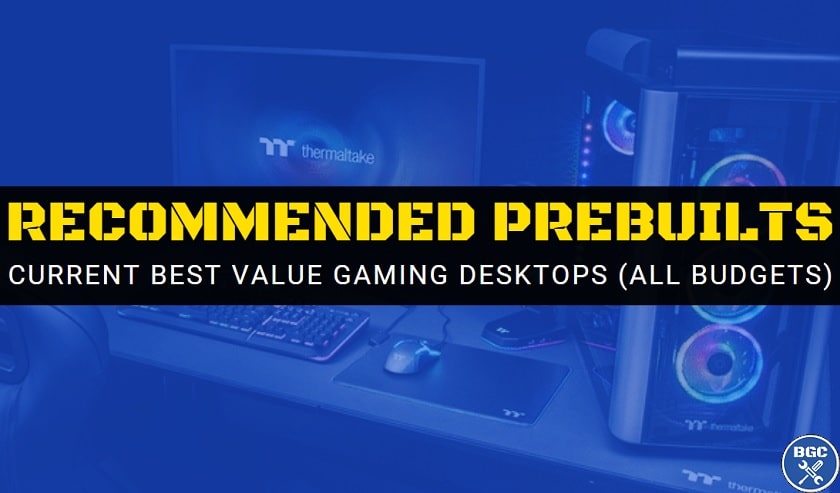
Last year, Adobe entered the generative AI fray with a tool of its own, Adobe Firefly. However, the software giant set itself apart when that announcement came with a legal compensation backing. Adobe’s general counsel explains why. Speaking with The Verge‘s Decoder podcast, Adobe general counsel Dana Rao discussed copyright, antitrust laws, and AI. What could have been a dry lecture actually provided some interesting details as to how the company behind Photoshop, Lightroom, and other software staples opted to offer legal indemnification, meaning users sued over copyright concerns would be compensated. Rao says it came down to the how Adobe trained its models. “When we looked at Firefly or generative models and said, ‘How are we going to train it? We could train it off the web. We could scrape the web and build that model, or we could try to be more thoughtful about how we train that model given the potential copyright issues and the fact that we have creative customers who are concerned about people training on their content without their permission,’” Rao said, speaking with The Verge Editor-in-Chief Nilay Patel on Decoder. Instead, Adobe used its stock library “and other licensed work from the rights holders to build our model,” Rao explained, sharing how he and other Adobe lawyers focused on copyright, product, sales, and privacy all met regularly to legal details. “Once we realized we were training it this way, then the next question was, ‘Well, when we go to enterprises, what are we going to protect? And are we going to stand behind it?’” he says. “The answer for us was, ‘Of course we’re going to stand behind it.’ We know how it was trained. So we’re willing to give an indemnification.”
Rao cited the ethics behind founders Chuck Geschke and John Warnock as the thinking behind the training decision, but he also pointed out that it’s clear business savvy. “It’s good for us. But it’s also good for the customers because if you get an indemnification from someone who has a model that still has IP issues, you may be able to get someone to indemnify you, and they will, but you’re still getting sued. And that’s not fun,” Rao said on the podcast. The only issue for Adobe was how to compete with the other image generation models out there. “We are an innovative company, and we’re not going to be a company that says we’re going to ship something that nobody wants but is safe,” Rao says. In March, PetaPixel also pointed out Firefly’s shortcomings despite the admirable intentions behind the training methodology. “The more data you have, the less biased your AI will be,” Rao says. “So the breadth of the data will help reduce the bias. But a smaller sample set will naturally have more bias because it’s trained and learned from smaller things, so you need data. You need access to data. And that’s the tension. So we had to go to our AI research team and say, ‘Can we build a competitive model without going to the web?’ That was the challenge.” He says Adobe feels “really good about where our first model was” when it released in March of last year, but concedes the team is more excited by the second version which launched last month.
“We feel [the second version] is better than our competitors’ and yet still adheres to those copyright principles,” Rao tells Decoder. Image credits: Adobe Firefly






